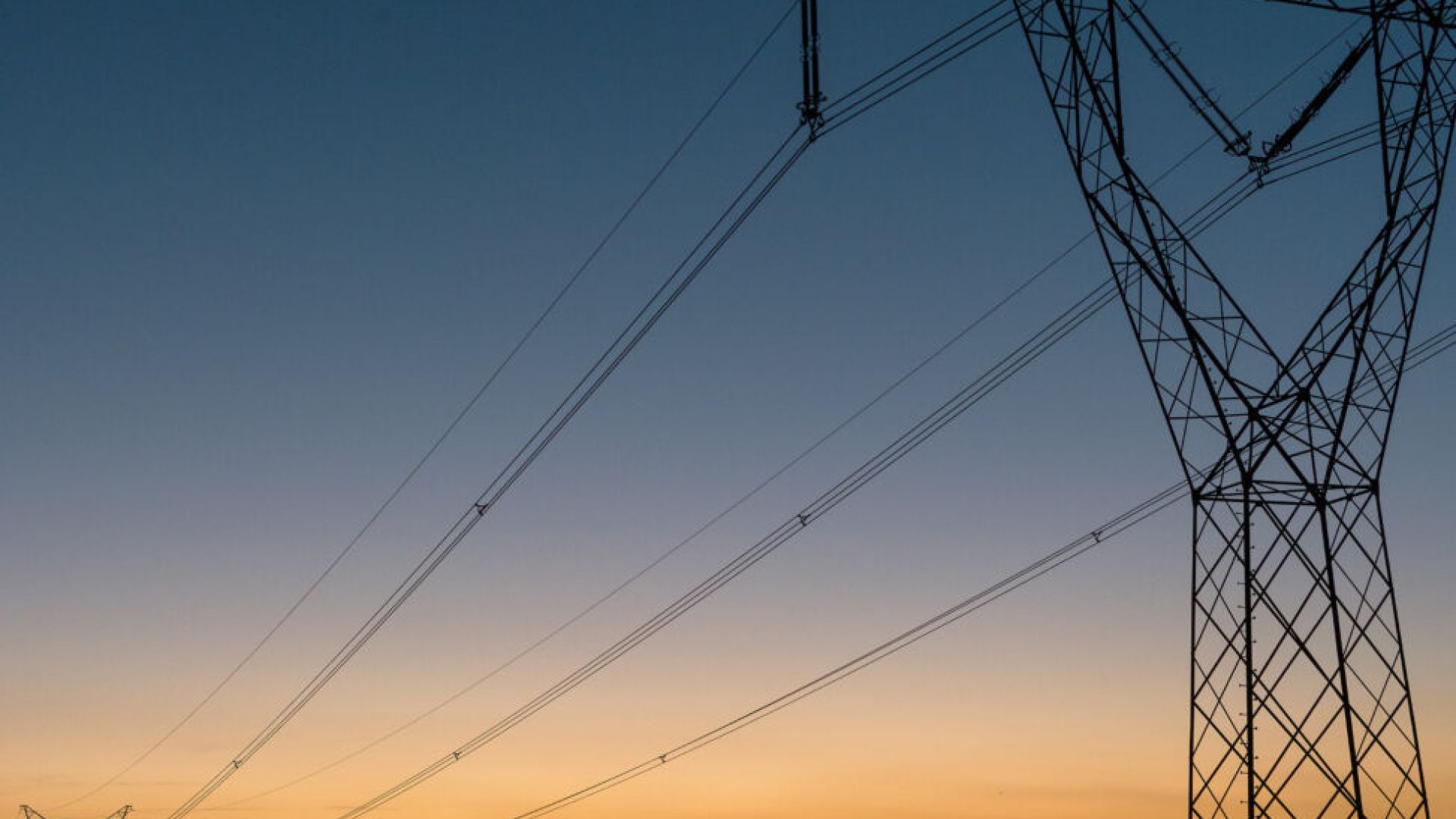The Entergy Regional State Committee (ERSC) met on November 11 for a packed agenda that highlighted the rapidly changing landscape for reliability, market performance, and long-term planning in MISO South. With record solar peaks, major load growth, and several high-profile transmission events this year, the meeting underscored how urgently the region must prepare for the next decade of grid transformation.
Market Performance: RDT Constraints and Emergency Operations
The Independent Market Monitor (IMM) reported that MISO South’s markets remain competitive, but the North–South Regional Directional Transfer (RDT) constraint is increasingly shaping wholesale prices.
The IMM also reviewed the September 16 Local Transmission Emergency, triggered by a 500 kV line outage that produced more than $12 million in congestion costs in one afternoon. Operators avoided load shed by unlocking 700 megawatts (MW) of emergency generation and manually dispatching plants. The IMM urged further improvements to short-term reserve requirements, LMR location data, and performance penalties.
Operations: Record Solar and a Stressful Summer
MISO South’s operations team highlighted strong system performance during a volatile July–October period. The region hit a new solar production record of 14.5 GW in September, even as the July heat dome produced maximum generation alerts, conservative operations declarations, and a South Region transmission emergency.
Looking ahead, winter temperatures are expected to be above normal in the South, but MISO cautioned that polar vortex disruptions could still produce sharp cold snaps. New readiness protocols—including a Temporary IROL construct, improved transmission warnings, and updated planning studies—are being implemented following a major May 2025 outage.
Resource Adequacy: Load Growth Surging, ERAS Moving Fast
MISO’s resource adequacy update reinforced the scale of the challenge ahead. While historic resource additions average 4.7 GW per year, MISO estimates that pace must nearly double to avoid an 8.2 GW shortfall by the 2028–29 Planning Year.
The Expedited Resource Additions Study (ERAS) is accelerating generation approvals, with 49 projects totaling 26 GW in the first cycle. GIAs for the first set of projects are expected in mid-to-late December, including ~1.5 GW of META-related projects in Louisiana.
MISO is also refining its long-term load forecast, integrating data on data centers, EVs, industrial reshoring, and hydrogen growth—drivers that are materially reshaping demand curves across the South.
Transmission Planning: Louisiana Dominates MTEP25 Investments
Transmission Planning Director Laura Rauch outlined the upcoming MTEP25 portfolio, where three of the top four largest projects are in Louisiana, including:
- Cargas–Smalling 500 kV upgrades
- Babel–Webre 500 kV (145 miles)
- Sarepta–Mount Olive 500 kV (60 miles)
These lines address unprecedented load growth in Louisiana and Texas and lay early groundwork for MISO’s next major transmission initiative: the MISO South Long-Range Transmission Plan (LRTP).
Beginning in 2026, the LRTP will assess load pockets, long-term needs, and potential regional solutions under a process that will overlap with FERC’s Order 1920 compliance deadline in June 2026. In an exchange with Commissioner Courtney Hjaltman, Public Utility Commission of Texas, MISO’s Laura Rauch conveyed that MISO South LRTP would seek to address issues in Southeast Texas, as well as those issues already outlined in Louisiana for the process.
The Bottom Line
The ERSC meeting made one thing clear—MISO South is entering a decade of rapid change. From massive transmission investments to accelerating generation interconnection, the region must move faster and with more coordination than ever before. The stakes—reliability, affordability, and competitiveness—could not be higher.
The next ERSC meeting will likely be in February 2026. Stay tuned.


